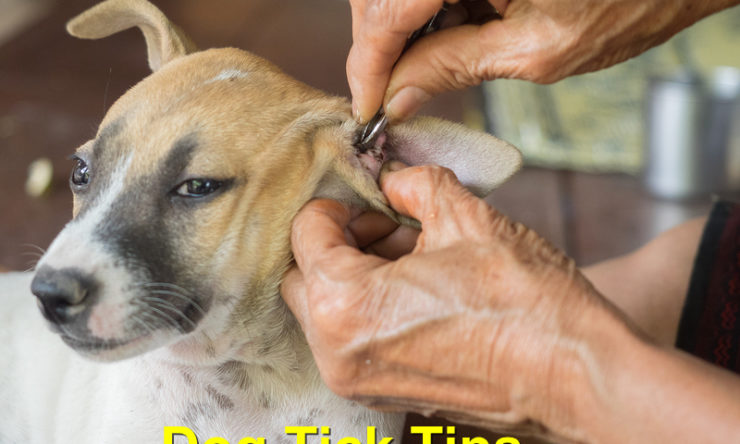Dog ticks are without a doubt quite annoying and irritating creatures. But their irritation is not just pegged on their constant irritation to bite and suck blood from their hosts, but also by the ability to spread tick-borne disease.
Here’s how to minimize the tick nuisance and save your canine friend a lot agony in the coming months.
1. Learn a Horde of Tick Prevention Strategies
Prevention is better than cure. If you can keep the ticks away from his kernel or your household, you wouldn’t have to worry about the best elimination strategy afterward. Ticks have a liking for areas studded with dense vegetation. They usually thrive best around bushy, overly grassy and unkempt compounds. And since they spend over 90% of their lifetime in the ground, they are quite adept at climbing tips of vegetation and attaching themselves to the nearest unlucky host. So, avoid as much as possible exposing your barking buddy to shrubby and bushy places, especially during the so-called peak tick season.
2. Vaccinate your Pet
A majority of pet owners don’t know that there exists a Lyme disease vaccine that has actually been around for several months now. Lyme is one of the common dog diseases that are spread by ticks. In fact, most veterinarians ( like myself ) would recommend vaccinating your pet at least once a year if you reside in an area prone to Lyme disease infection.
3. Frisk and Inspect your Pet on a Daily Basis
Get into the habit of performing a daily or twice-a-day regular ‘tick check’ on your trusted friend, especially if he’s been outside your compound for a while. Getting rid of these parasites before they engorge and embed themselves inside the animal is easier and hampers their chances of spreading infectious diseases. Some of the parts that ticks love on a dog include his neck, under the ears, at the base of the neck and the area around his tail. Pay a lot of attention to these areas while frisking him.
4. Learn how to Remove Embed and Engorge Ticks Property and Promptly
There is no point frisking your canine buddy if you don’t know how to purge these annoying parasites from his body, right? For starters, wear a good pair of clinical gloves before attempting to remove the ticks, use a pair of forceps ( and not a pin) to pry the tick away from the body of the animal. There also a number of good tick extractors on the market that are designed to remove ticks that have been attached to a pet’s body for longer.
SOURCES: Vet Street, Pet MD, Huffington Post
COPYRIGHT: Local Value



